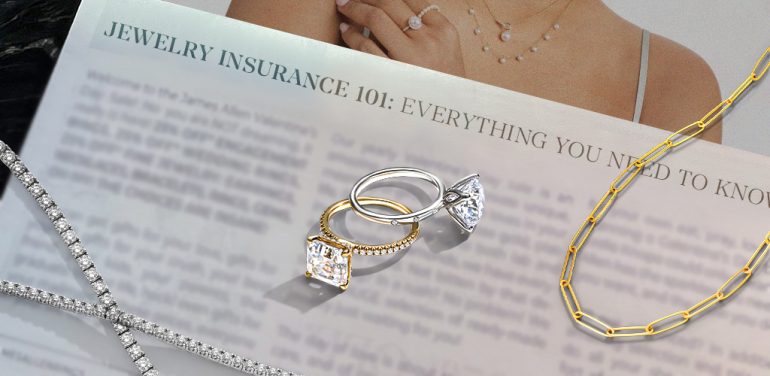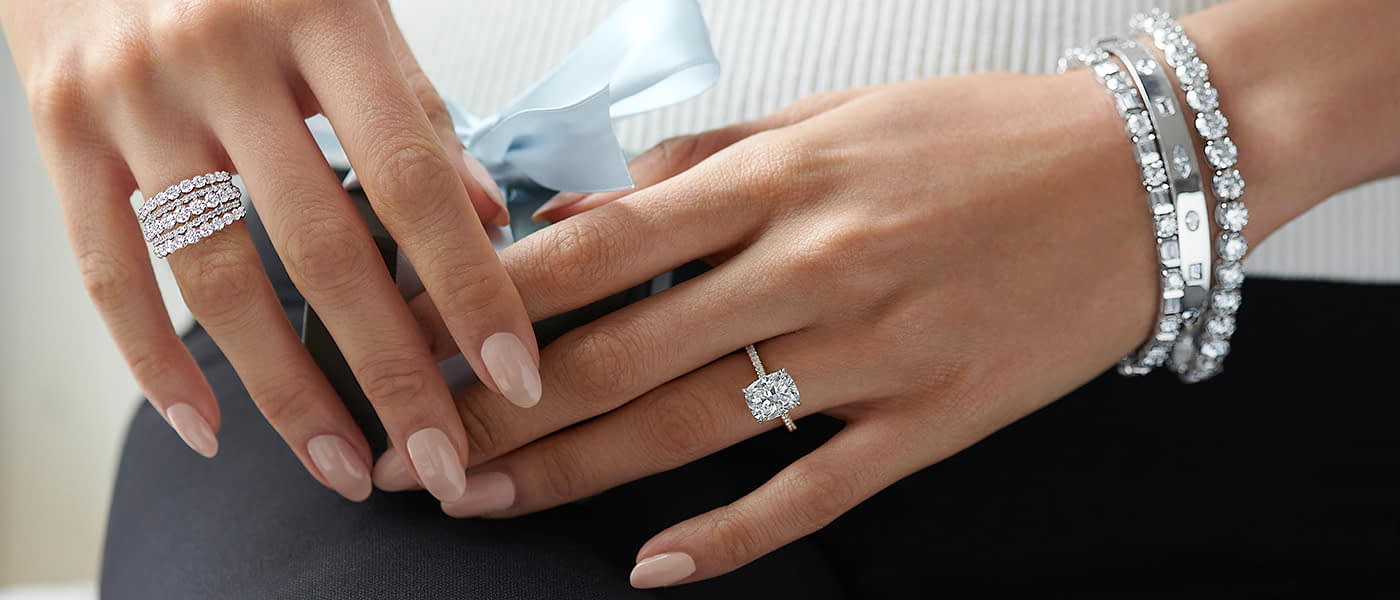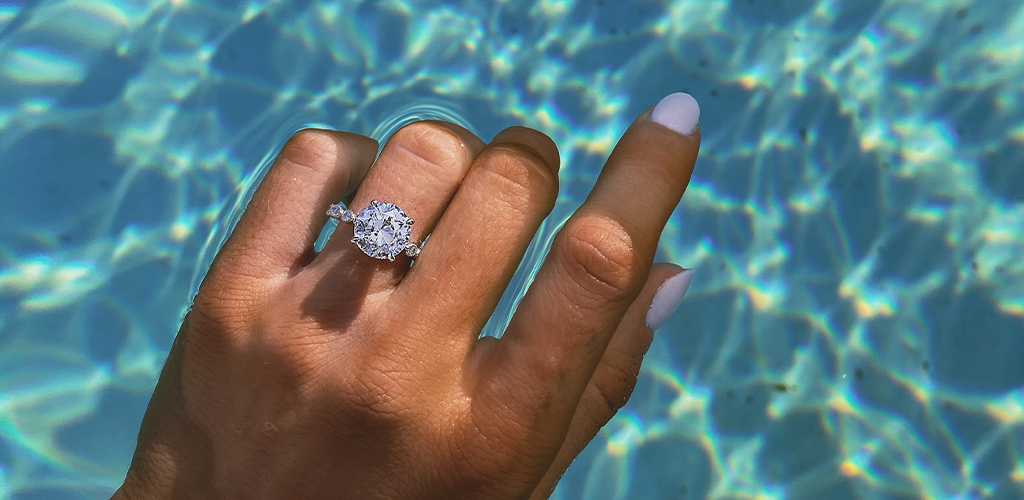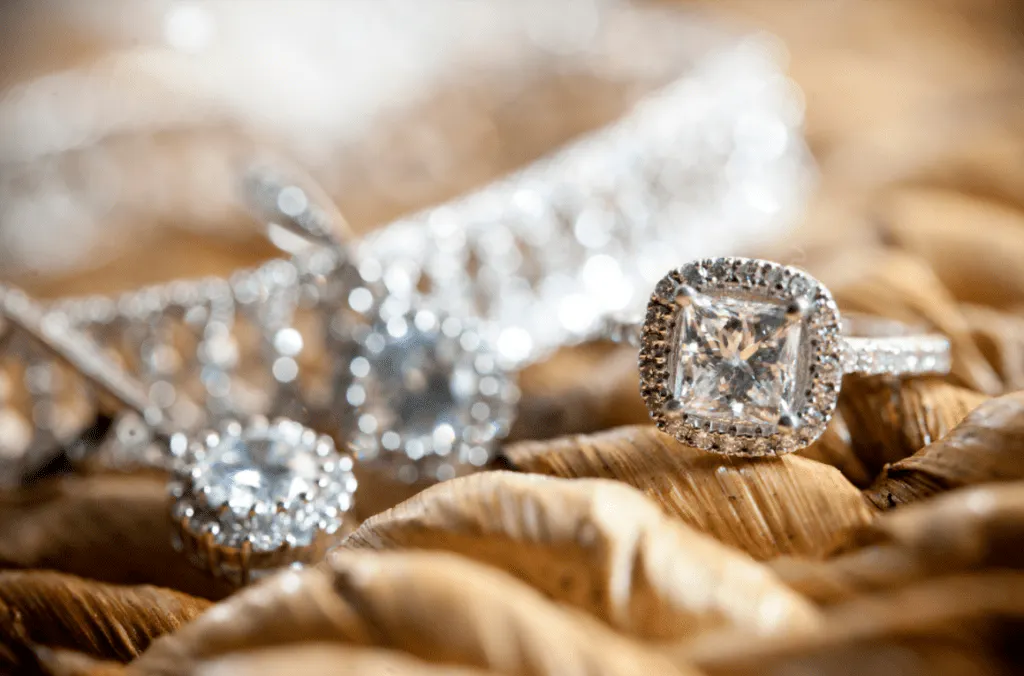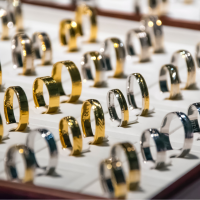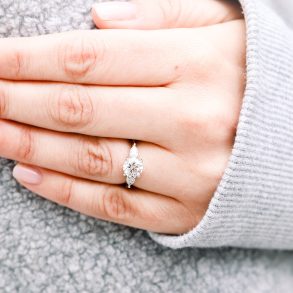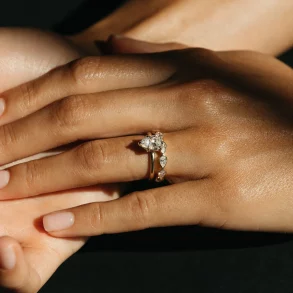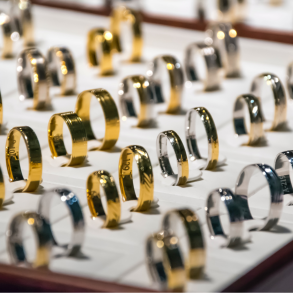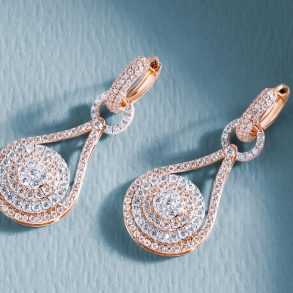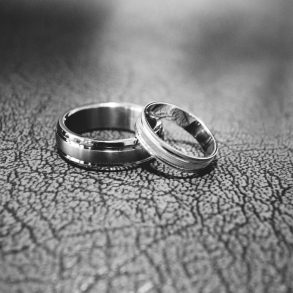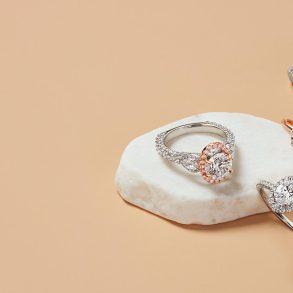An engagement is an exciting step in the journey to getting married. The shiny new addition adorning your left ring finger is a cherished symbol that holds a special place in your heart.
But what happens if the unthinkable occurs, and your precious rings are lost, stolen, or damaged? Whether it’s accidentally left behind at a beach, lost during an activity, or fallen to a victim of theft, this is where wedding jewelry insurance comes to the rescue and can protect against unforeseen circumstances when you need it the most.
For many people, an engagement ring is among one of the most expensive possessions. As a daily worn item, they’re also highly susceptible to damage or loss. Even for those who don’t regularly wear their jewelry out, it is one of the most commonly stolen items out of homes as thieves intentionally hunt for expensive jewelry.
Investing in fine jewelry is a significant financial commitment, not to mention the sentimental and emotional value behind it. Naturally, insurance coverage is a crucial step to ensuring the security of your precious jewelry. With the litany of options available, it’s important to ask the right questions when choosing an insurance policy to ensure that you’re properly covered.
There are literally dozens of questions you can ask, but here are some of the foundational ones to consider.
What Do They Cover?
What Types of Loss Does the Policy Cover?
Different insurers have varying engagement ring coverage so explore a plan that makes sense for you. A comprehensive insurance plan should provide coverage for scenarios such as damage, theft, accidental loss, and mysterious disappearance.
Credit: KWIAT
For those that only wear their jewelry occasionally or for special events, mysterious loss can go unnoticed for months and it can also be unclear if it’s merely misplaced or fallen prey to petty theft. On the other hand, accidental loss can be as simple as engaging in a physical activity while wearing a ring and a hard impact causes the stone to break out of the ring.
Another aspect that folks may forget to think about is worldwide coverage. It is easy to misplace things while travelling abroad and many tourists fall victims to theft and scams. Even if the policy covers different scenarios, it’s necessary to dive into more details such as replacement amount.
Are There Any Exclusions or Limitations?
As previously mentioned, you’ll want to carefully review the policy for any exclusions or limitations as some policies may not cover certain circumstances, such as loss or damage during travel, or they may have restrictions on the types of events covered.
Credit: James Allen
If you’re opting to wear a $9000 ring while jet-sking, some insurance companies may not want to take on this increased liability and will have specific limitations on scenarios.
Other questions to consider:
- What if only part of the jewelry is lost? (e.g. a diamond out of a ring)
- Is there coverage if there is negligence or carelessness involved?
- Are there any geographical limitations to coverage? (e.g., outside my home, internationally, etc)
How Much Do They Cover?
Is the Coverage Sufficient for Replacement?
Understanding how much coverage the insurer provides is key.
As part of this step, you may want to find an independent and reputable appraiser to accurately evaluate the value of your jewelry, especially if the policy has a replacement clause.
This is a particularly important step as it is common practice for companies to set appraised values as much higher than the true value of the jewelry. So, if the appraisal for your engagement ring is $15,000 but it’s only worth $9000, you’ll be paying a premium for the former amount.
If you lose your jewelry, the insurer may get a replacement deal that’s only $7000, still well below the true value of your jewelry.
Getting an accurate appraisal for replacement value and understanding the coverage limits of what replacement provides goes hand in hand so you’re properly reimbursed for the loss.
Ask questions about the method used by the insurance company to determine the value of your jewelry. Some policies may use appraisals, while others may rely on market value. Knowing the valuation method helps you gauge the accuracy of coverage.
Other questions to consider:
- If I cash out will I get the full amount of value?
- How often should I have my appraisal updated?
- What if the item is irreplaceable (i.e., heirloom)? Is there a specific value that can be agreed upon and receive in the event of a loss?
How Do They Cover It?
What is the Claims Process Like?
Insurance claims for jewelry go through a very similar process to car insurance claims. A policy agent will assign you a claim number and you will be asked to provide any relevant photos, police reports, and documentation about your stolen jewelry.
Credit: Gem Society
Ask the insurer so that you understand the claims process, including how to report a loss and what sort of documentation they’ll required. A jewelry insurance claim typically goes through a process that is similar to car insurance claims. You contact the insurer to begin a claim, a file number is assigned to you, and you’ll be asked to provide details, police reports, photos, and documentation related to the jewelry.
A smooth and efficient claims process is crucial during a stressful time, and knowing what to expect can ease the process.
Can You Choose Your Own Jeweler for Repairs or Replacement?
Many individuals maintain their jewelry through the same company that they purchased through. Insurance companies typically have a list of preferred jewelers for repairs and replacements.
If you have a particular one in mind, you’ll want to confirm whether the policy provides flexibility in allowing you to select a reputable jeweler of your choice.
Are There Deductibles?
Each insurance policy will include a premium and deductible. The premium is the cost of the insurance which you pay for at a recurring frequency (e.g., monthly or annually) where as the deductible is an out-of-pocket sum that is paid by you as part of the claims process.
Understanding the financial implications of the insurance policy is important as these costs can impact your expenses in the event of a claim.
In many cases, a higher deductible (i.e., you pay more out of pocket if you make a claim) can usually result in a lower premium. Likewise, a premium is usually higher if the deductible is lower.
Other questions to consider:
- Can I ask for a larger deductible for a premium savings?
- What proof do I need to provide to to justify a claim?
- Is there coverage if if the item is lost, stolen or damaged while in someone else’s possession?
Choosing the Right Plan
Credit: SBIS
Selecting the appropriate jewelry insurance is a crucial step in protecting your precious assets. These vital questions will lead you to make informed decision in choosing a plan that offer the appropriate level of coverage that you need.
Remember to occasionally re-evaluate and asses your policy as your collection changes over time. With the right insurance plan in play, you can wear your cherished pieces while remaining confident that they’re protected against unexpected events.

